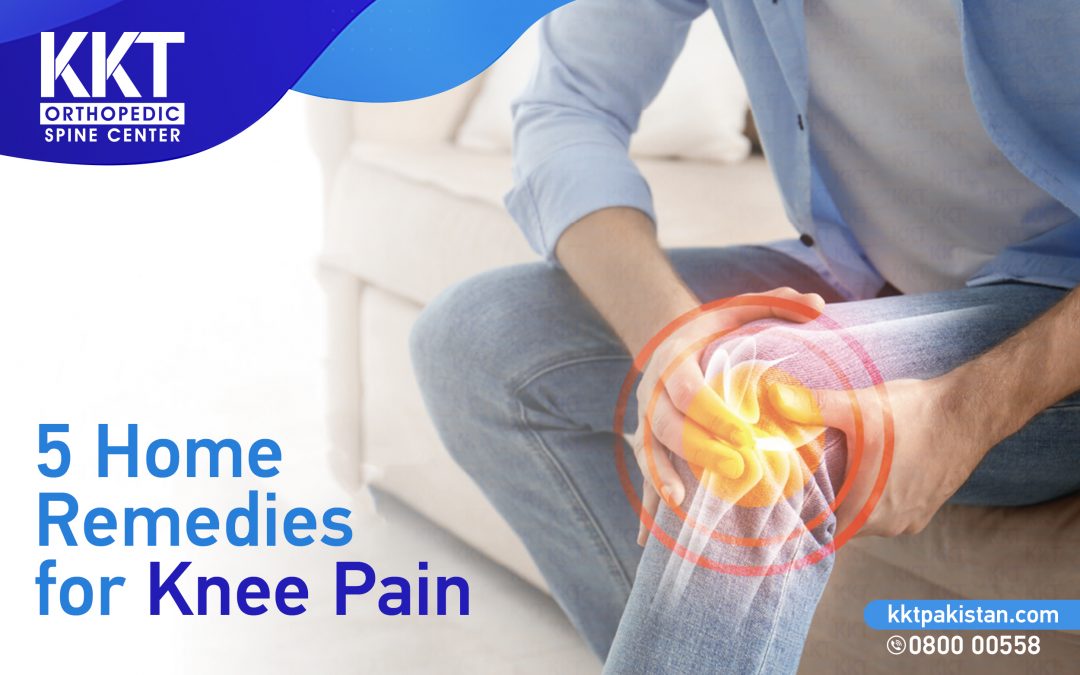For many people, knee pain is a very common part of their daily life activities. Several medical conditions can affect the knee joint with aging being the most common cause of all. Several short-term or long-term reasons can lead to knee pain. Some of the most common causes include the following:
- Obesity
- Arthritis
- Injection in the bones
- Injuries related to knee
- Stress, strain, or sprain on the ligaments
Moreover, there are various medical conditions that increase the risk of knee pain including:
- Overweight
- Sports injuries
- Lack of muscle strength or flexibility
- Previous injury associated with knee joint
What is Arthritis?
Arthritis comprises almost 100 different types of joint-related conditions. There are two major types of arthritis; Rheumatoid Arthritis (RA) and Osteoarthritis (OA). The effects of rheumatoid arthritis are more than just joints. The joints most commonly affected by arthritis include the following:
- Hand
- Feet
- Knees
- Lower back
- Hip joint
- Shoulders
Symptoms of Knee Pain:
The pain’s severity and location determine the symptoms. Some of the common symptoms of knee pain include:
- Swelling and stiffness
- Redness and warmth to the touch
- Weakness or instability
- Popping or crunching noises
- Inability to fully straighten the knee
Preventing Knee pain:
Preventing this condition is not always possible however, the pain can be managed by adapting to some practices. Various home care practices can help with warding off the knee pain associated with injuries. Some of the simple precautionary measures include:
- Maintain a balanced diet and a healthy weight
- Perform low-impact exercises
- Wear shoes that ensure proper leg alignment and maintain balance
- Walk or swim
Home remedies for knee pain:
The extent of damage and pain determines the knee pain treatment. However, there are some remedies and ways for knee pain relief at home. These include:
1. Physical activities:
According to Arthritis Foundation, research shows that people with osteoarthritis should perform exercises. The most non-drug and effective treatment for osteoarthritis patients is exercise. It helps the patients with pain (reduction) and movement (improved).
2. Strengthening exercises:
A physical therapist is one who can better identify what exercises the patient can/can’t perform. However, there are some exercises and ways for strengthening the muscles for instance:
- Perform one-leg raises: straighten your leg while sitting or lying down.
- Perform step-ups: place one foot on the step, then the second, and then step down again. Repeat this.
- Standing hamstring curls: stand straight, knees inches apart, lift one heel above keeping thighs aligned with knees at 90 degrees.
3. Maintaining proper posture and support:
Following are some ways to prevent any strain due to improper posture:
- Avoid sitting on couches that you can “sink” into
- Wear comfortable and supportive shoes
- Don’t sit for too long, move! Sitting in the same position for prolonged time periods can result in stiff joints.
4. Maintaining a healthy weight and diet:
Excessive weight causes inflammation in the body which affects the knees. Moreover, extra weight also puts more pressure on the joints which is why maintaining a healthy weight can reduce long-term knee pain. The Arthritis Foundation recommends a Mediterranean diet for regulating inflammation and osteoarthritis.
5. Practicing P.R.I.C.E:
Protection, rest, ice, compression, and elevation (P.R.I.C.E.) can help relieve mild knee pain.
- Protection refers to taking measures to protect the knee from any further injuries.
- Rest reduces the risk of further injury giving the knee tissues time to heal. However, stopping all physical activities at once isn’t beneficial, as it can result in stiffness.
- Ice therapy can help reduce inflammation and swelling. However, do not put ice directly on the skin, wrap it in a cloth then apply. Perform ice therapy for about 15 to 20 minutes, multiple times a day.
- Compression for the pain can be placed via knee support. But please note to keep the bandage firm not tight.
- Elevation refers to keeping the leg raised. This helps and encourages blood circulation and reduction in swelling. In an ideal situation, the knee should be above the heart.
When to get medical attention?
Knee pain due to a sudden injury in an accident or fall requires immediate medical attention. However, if the knee pain persists for a longer period, worsens, and interferes with daily activities, you should seek medical attention.
Book your appointment with highly qualified KKT Orthopedic Consultants in Lahore, Karachi, and other operational KKT centers across Pakistan. For appointment booking, get in touch with us through our patient care line.
Phone: 0800-00-558
Or click on the link below.

